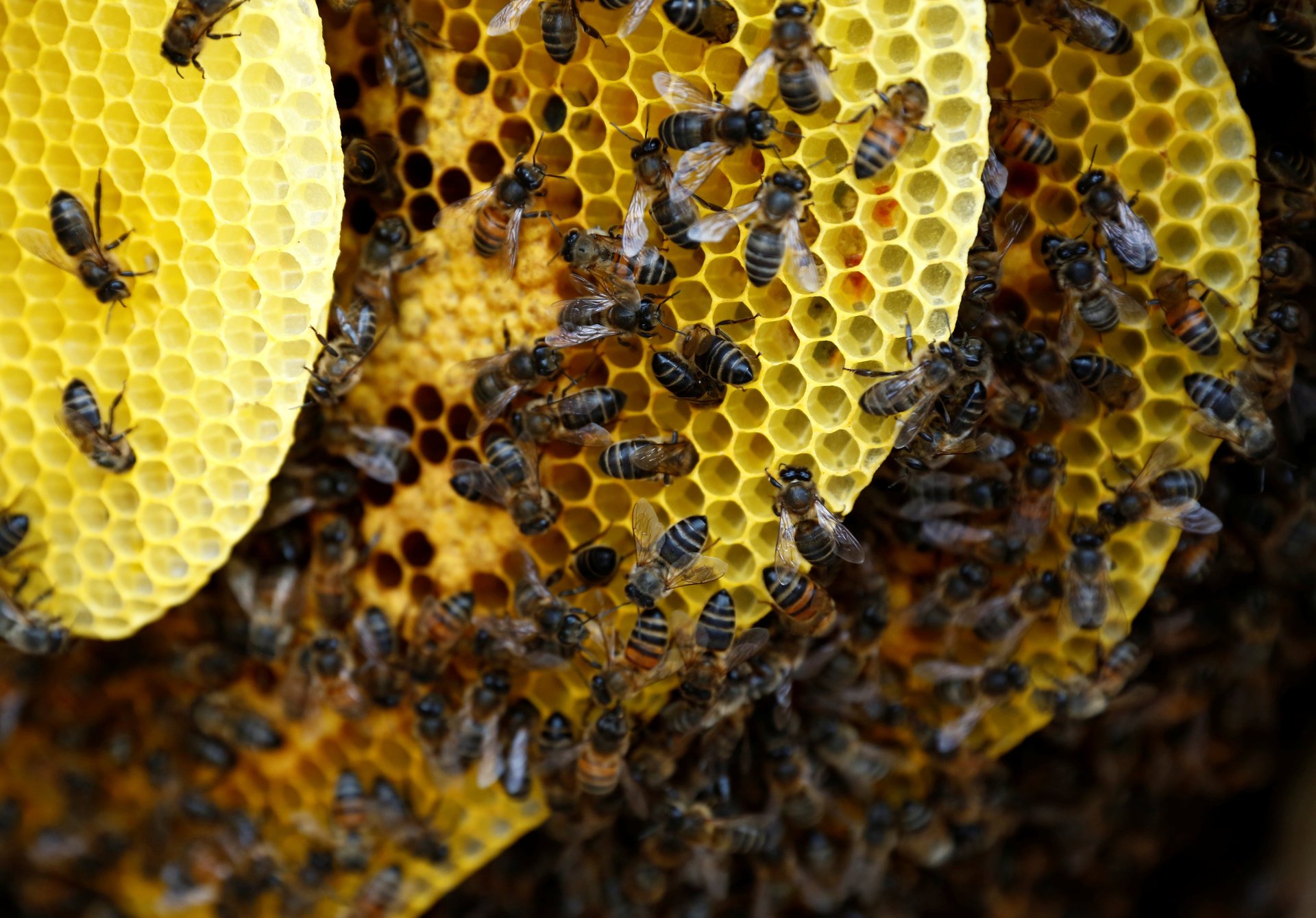New data show the US honeybee population is still dying in record numbers
The numbers aren’t improving for bees in the US, and scientists still haven’t figured out what exactly is causing the problem.


The numbers aren’t improving for bees in the US, and scientists still haven’t figured out what exactly is causing the problem.
Over the last year, American beekeepers reported losing about 41% of their honeybee colonies, a 3% increase in the loss recorded in the same period for 2017, according to new data released this week by the University of Maryland, which works in conjunction with the Bee Informed Partnership.
Losses reported from the winter season, in particular, were noteworthy as 2018 winter colony loss hit an all-time high. The data mark the continuation of a trend that’s baffled beekeepers and has triggered alarm for farmers who depend on bees for pollinating their crops.
The US Department of Agriculture has said that one-in-three bites of food Americans take in can be tied back to the labor of bees, which buzz from plant to plant taking and delivering pollen. In all, bees pollinate about $15 billion worth of food crops in the US each year. On a global scale, it’s estimated that somewhere between $235 billion and $577 billion worth of annual food production relies directly on bees. In all, about 84% of commercially grown crops are insect pollinated.
“These results are very concerning, as high winter losses hit an industry already suffering from a decade of high winter losses,” said Dennis vanEngelsdorp, president of the US nonprofitBee Informed Partnership, in a statement.
Since 2006, the partnership has undertaken the annual colony-loss survey. It asks both backyard and commercial beekeepers to track the survival rates of their colonies. In all, about 4,700 beekeepers responded from across all 50 American states. That accounts for close to 320,000 colonies, 12% of the national total.
Since the colony collapse trend was detected, scientists have been working intensely to try and figure out its cause. It may wind up being a combination of factors. Likely reasons include the proliferation of parasitic varroa mites that can spread disease and viruses into bee colonies, the use of pesticides on crops, and even warming temperatures.
Technologists around the world—particularly in Israel—have been busy creating new pollination methods to try and help fill some of the gap left by bees that have disappeared. They are using complex sensor networks to monitor colonies and predict problems before they arise, and also robots that roll up and down crops, using tiny arms to pollinate individual plants. High-tech solutions might wind up being the most effective way to combat the problem. Beekeepers are finding their time-tested techniques for colony management aren’t working as well anymore.
“The tools that used to work for beekeepers seem to be failing, and that may be evident in this year’s high losses,” said Karen Rennich of Bee Informed. “A persistent worry among beekeepers nationwide is that there are fewer and fewer favorable places for bees to land, and that is putting increased pressure on beekeepers who are already stretched to their limits to keep their bees alive.”